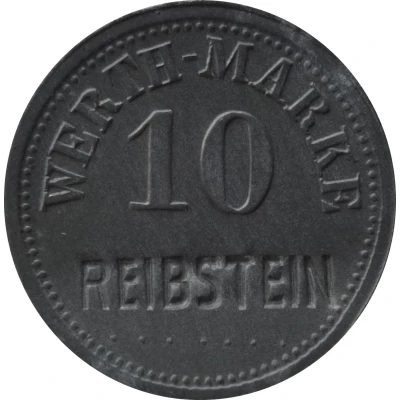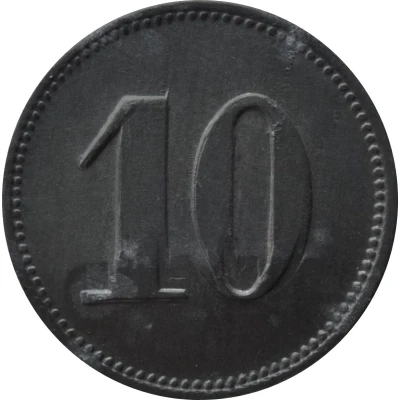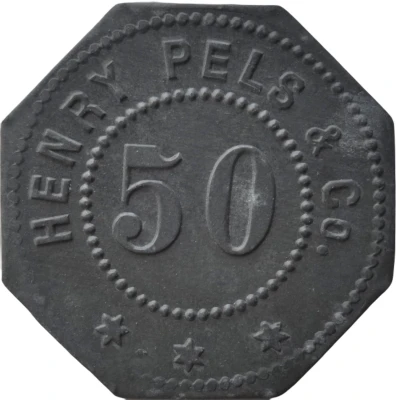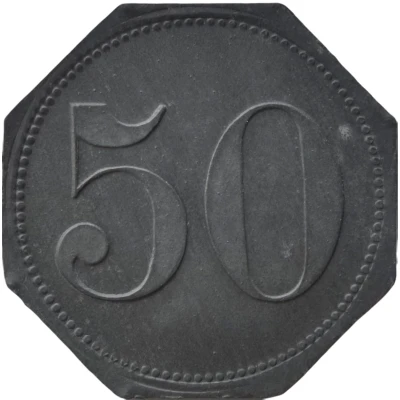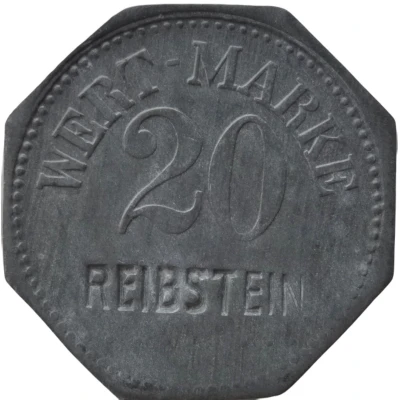
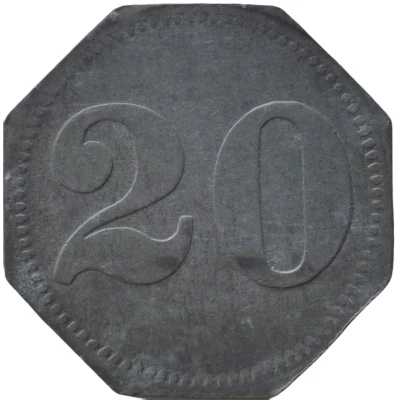

© Willem63 (CC BY-NC-SA)
20 Pfennigs - Erfurt (Reibstein) ND
| Zinc | 2.7 g | 22.2 mm |
| Issuer | City of Erfurt (notgeld) (Prussian province of Saxony) |
|---|---|
| Type | Standard circulation coin |
| Value | 20 Pfennigs (20 Pfennige) (0.20) |
| Currency | Mark (1914-1924) |
| Composition | Zinc |
| Weight | 2.7 g |
| Diameter | 22.2 mm |
| Thickness | 1.10 mm |
| Shape | Octagonal (8-sided) |
| Technique | Milled, Countermarked |
| Orientation | Medal alignment ↑↑ |
| Demonetized | Yes |
| Updated | 2024-10-04 |
| Numista | N#321119 |
|---|---|
| Rarity index | 97% |
Reverse
Pearl rim, with denomination centered
Script: Latin
Lettering: 20
Edge
Plain
Comment
Menzel: BBBInteresting fact
One interesting fact about the 20 Pfennigs - Erfurt (Reibstein) ND coin is that it was made of zinc, which was a unusual material for coins at that time. Most coins were made of metals like copper, silver, or gold, but the use of zinc in this coin reflects the economic and political circumstances of the time. The City of Erfurt, located in the Prussian province of Saxony, issued this coin as a form of emergency currency, or "notgeld," during a period of economic instability. The use of zinc was likely chosen because it was a more affordable and accessible material than other metals, allowing the city to produce a larger quantity of coins. This coin is a unique example of how economic and political factors can shape the design and production of currency.
